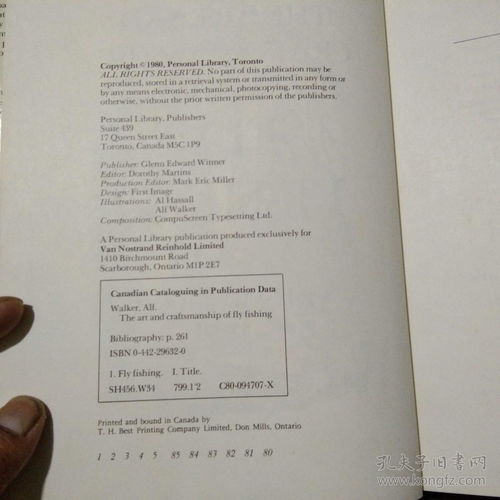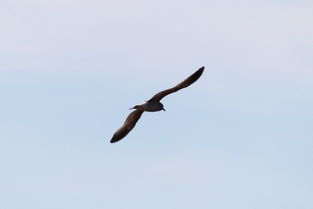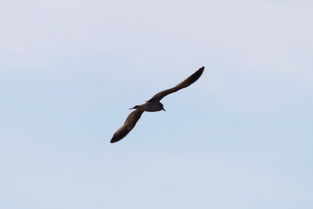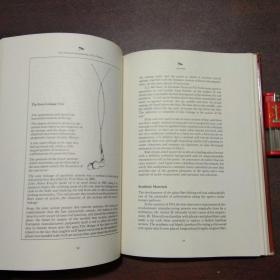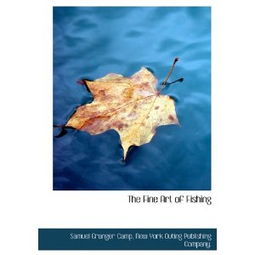Introduction:
Fishing along the serene banks of a small river can be a tranquil and rewarding experience. However, to make the most of your time on the water, it's essential to have a few tricks up your sleeve. In this article, we delve into the art of river fishing and provide you with a comprehensive guide on how to craft effective fishing tips and techniques. Whether you're a seasoned angler or a beginner, these insights will help you cast your line with confidence and catch more fish.
Understanding the River Environment:
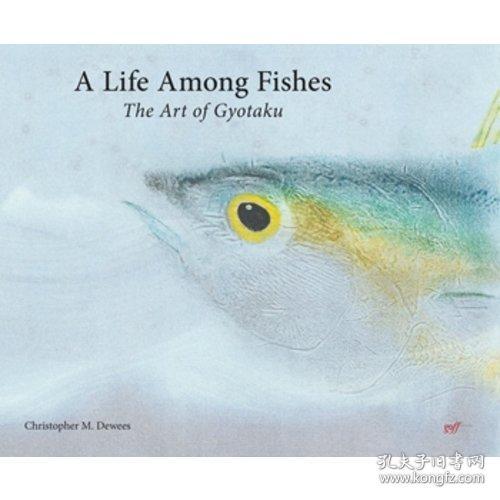
Before you can start crafting your fishing tips, it's crucial to understand the unique environment of a small river. Here are some key points to consider:
Water Flow: The speed and direction of the water flow can significantly impact fish behavior. Study the river's current to determine the best spots for fishing.
Riverbed Composition: The type of riverbed, whether it's rocky, sandy, or muddy, will influence the types of fish present and the best bait to use.
Vegetation: Vegetation along the riverbank can provide cover for fish. Identify areas with dense vegetation as they may be hotspots for fish.
Obstacles: Logs, rocks, and other obstacles can create ideal spots for fish to rest and feed. Look for these areas when choosing your fishing spots.
Crafting Your Fishing Tips:
Now that you have a basic understanding of the river environment, let's dive into how to write effective fishing tips:
Start with a Compelling Opening:
"Discover the secrets to mastering river fishing and enjoy a successful day on the water with these essential tips!"
Explain the Basics:
"To begin, it's important to understand that river fishing requires a different approach compared to still water fishing. The flowing water creates unique challenges and opportunities."
Focus on Specific Techniques:
- "Here are some key techniques to consider when fishing a small river:"
a. Choosing the Right Bait:
- "Selecting the right bait is crucial. For instance, live bait like worms or minnows can be highly effective in rivers with a strong current."
b. Adjusting Your Presentation:
- "Adjust your presentation based on the water flow. In fast-moving water, use a slower retrieve to mimic natural prey movement."
c. Fishing in Different Areas:
"Focus on areas with cover, such as under logs, around rocks, or in slow-moving pockets of water."
Incorporate Visuals and Analogies:
"Imagine casting your line like a fly over a calm river, then letting it drift naturally. This mimicry can attract fish that are feeding on insects."
Provide Safety Tips:
"Always prioritize safety. Wear a life jacket if you're not a strong swimmer, and be aware of your surroundings to avoid accidents."
End with a Call to Action:
"With these tips in mind, you're ready to hit the river and enjoy a memorable fishing experience. Happy fishing!"
Conclusion:
Crafting effective fishing tips for small river fishing involves a combination of understanding the river environment, explaining key techniques, and providing practical advice. By following the steps outlined in this article, you can create engaging and informative content that will help both beginners and experienced anglers improve their skills. So, grab your rod, apply these tips, and get ready to cast your line into the tranquility of a small river. Happy fishing!
